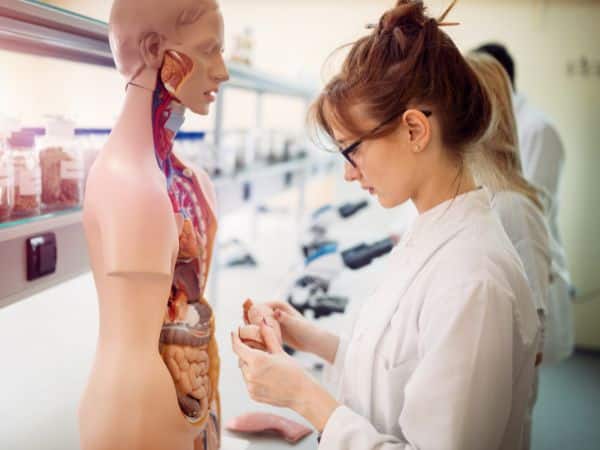Understanding the Marvelous World of Lung Anatomy
The human body is a masterpiece of intricate design, and nowhere is this more apparent than in the realm of lung anatomy. While often overlooked, the lungs play a pivotal role in our daily lives, enabling us to breathe and, in turn, survive. In this article, we’ll embark on a journey into the depths of lung anatomy, exploring its structure, function, and significance.

The Lung Structure
At first glance, the lungs may seem like simple sacks of air, but they are far more complex than meets the eye. Let’s delve into their structure, starting with the main components and the distinction between the right and left lung.
The lungs are a pair of vital organs located within the chest cavity. Each lung is divided into sections called lobes. The right lung has three lobes, while the left lung has two. This asymmetry accommodates the presence of the heart, which slightly displaces the left lung.
The Path of Oxygen
Now that we’ve got a basic understanding of lung anatomy, let’s follow the fascinating journey of oxygen as it makes its way from the air into our cells.
The process of oxygen exchange begins with inhalation. When you take a breath, air enters your body through your nose or mouth, travels down your windpipe, and enters your lungs. Within the lungs, tiny air sacs called alveoli play a crucial role in the exchange of oxygen and carbon dioxide.
Lung Anatomy and Function
Understanding lung anatomy goes hand in hand with appreciating how these organs function. There’s a remarkable symbiotic relationship between lung structure and their function.
Respiration, the process of exchanging oxygen and carbon dioxide, occurs within the alveoli. Oxygen from the inhaled air diffuses into the bloodstream, while carbon dioxide, a waste product, moves from the blood into the alveoli to be exhaled.
The Importance of Bronchi and Bronchioles
Imagine your lungs as a vast network of roads, with bronchi and bronchioles serving as the highways. These airways ensure that air reaches every nook and cranny of your lungs.
Bronchi are the large tubes that branch off from the trachea, while bronchioles are smaller tubes that lead to the alveoli. They play a crucial role in keeping the airways clean by producing mucus and tiny hair-like structures called cilia that trap and remove debris.
Breathing Mechanism
The act of breathing is orchestrated by a well-choreographed dance of muscles and diaphragm. It’s a symphony of movement that occurs effortlessly, allowing us to inhale and exhale without conscious thought.
When you inhale, the diaphragm contracts and moves downward, expanding the chest cavity. Simultaneously, the intercostal muscles between your ribs contract, further increasing lung volume. This drop in pressure inside the lungs draws air in. Exhalation is the reverse process, with the diaphragm and intercostal muscles relaxing.
Lung Capacity and Volume
Have you ever wondered how your lung capacity is measured? It’s an essential aspect of lung anatomy. Lung capacity refers to the maximum amount of air your lungs can hold, and there are several key measurements, including vital capacity, tidal volume, and more.
Vital capacity is the maximum amount of air you can exhale after taking a deep breath. Tidal volume, on the other hand, is the amount of air you normally breathe in and out during each breath.
Lung Diseases and Disorders
While the lungs are resilient organs, they are not immune to diseases and disorders. Common lung ailments include asthma, chronic obstructive pulmonary disease (COPD), and pneumonia. These conditions can have a profound impact on lung anatomy and function.
Keeping Your Lungs Healthy
Maintaining lung health is crucial for overall well-being. Here are some tips to keep your lungs in top shape:
- Quit Smoking: Smoking is one of the leading causes of lung diseases. Quitting smoking is the single most important step you can take for lung health.
- Regular Exercise: Engage in regular physical activity to keep your lungs and respiratory muscles strong.
- Balanced Diet: Eat a nutritious diet rich in fruits and vegetables to support lung function.
Conclusion lung anatomy
In conclusion, lung anatomy is a marvel of engineering, and understanding how these organs work is vital for maintaining good health. As you continue your journey through life, take a moment to appreciate the intricate design and remarkable function of your lungs—they are indeed unsung heroes in the symphony of life.
